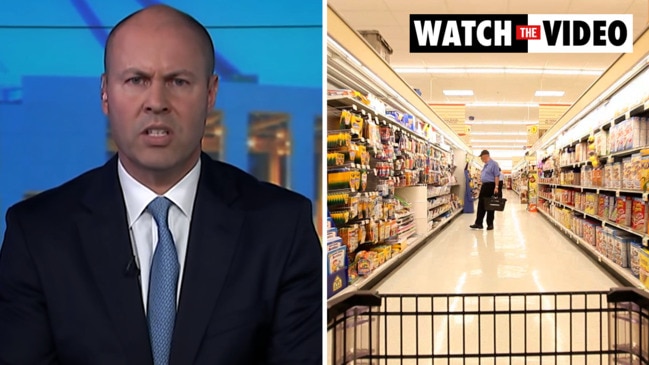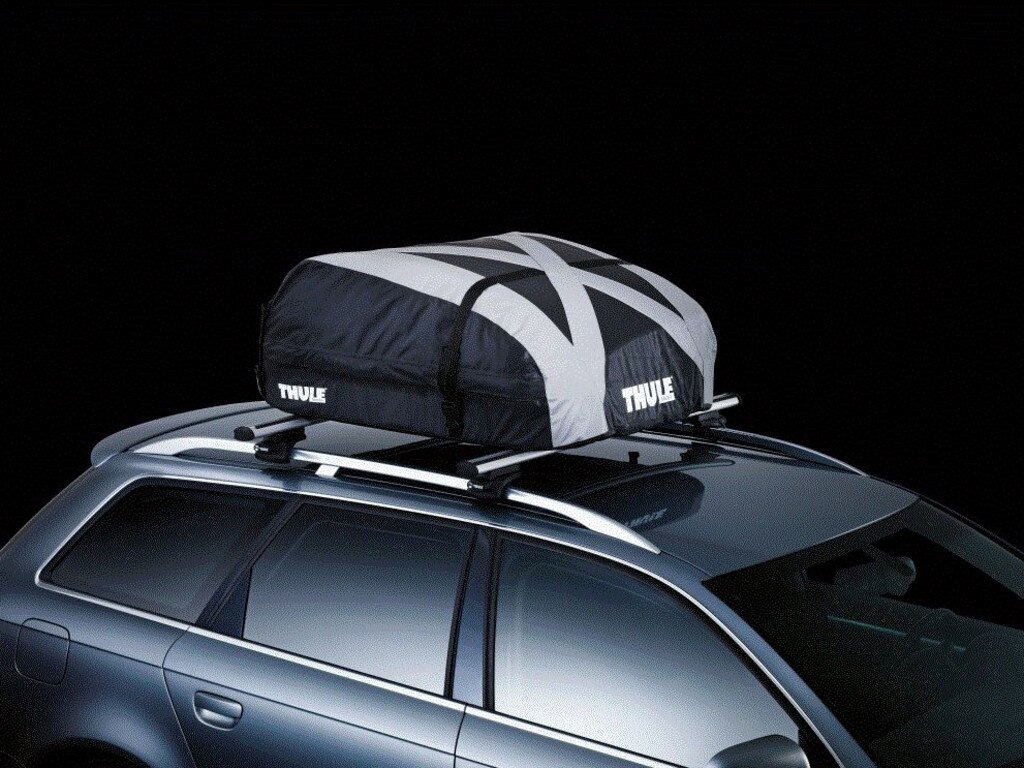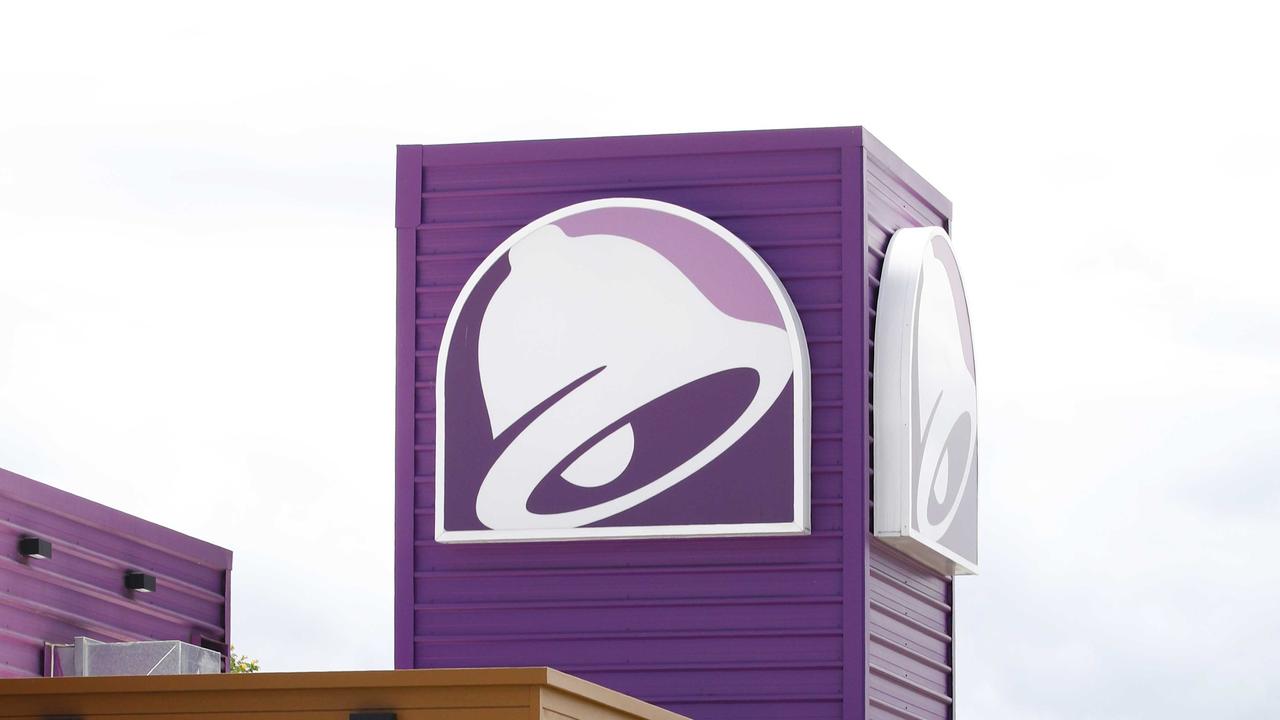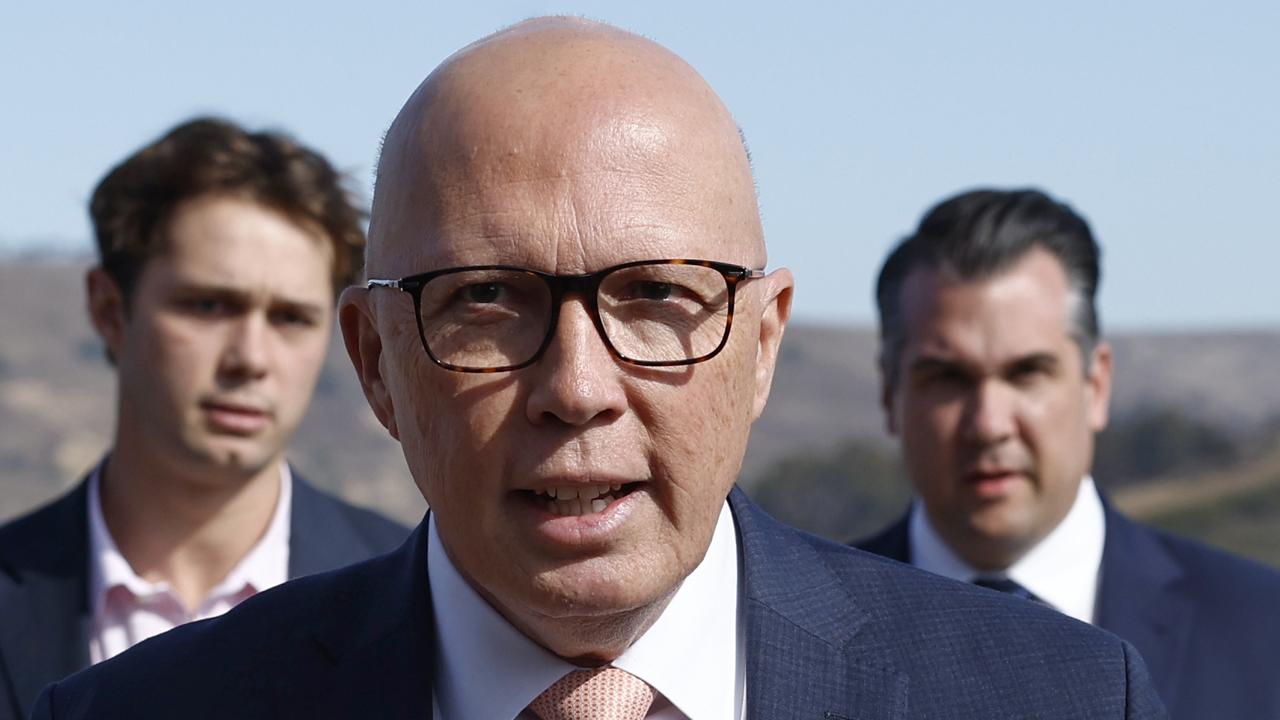Common car accessories that increase petrol usage
As petrol prices heads towards $2.50 per litre, motorists are being reminded some things can make a big difference to the overall cost to fill up.

As petrol prices heads towards $2.50 per litre, motorists are being reminded common car accessories can make a big difference to the overall cost to fill up.
Roof racks and storage pods, even deflated tyres, can add up, experts say.
“You are looking at anywhere between $20 to $60 it’s going to impact,” said Drive.com.au’s James Ward told Nine News.
“When you think about it, it makes perfect sense – what you’re doing is changing the aerodynamic efficiency of your car.”
According to the motoring website, carrying a bike on a roof rack can add 15 per cent to a fuel bill, a storage pod adds 25 per cent and carrying a tent adds 30 per cent.
Even driving with an empty roof rack can increase fuel bills by 2 per cent, and likewise deflated tyres can add 2 per cent.
The average price of standard unleaded in Australia is now more than $2 per litre in every capital city, ranging from $2.01 in Perth to $2.24 in Hobart, according to FuelPrice Australia.

Average Australian households are expected to spend an additional $1100 this year.
Record petrol prices have been driven by unprecedented volatility in the global oil price amid Russia’s invasion of Ukraine and other geopolitical tensions.
Western sanctions banning Russian oil exports earlier this month saw benchmark brent crude blow past $US100 per barrel, reaching $US139 before a sharp pullback over the past week.
Some experts have warned it’s still too early to breathe a sigh of relief.
“I wouldn’t rule out $US200 a barrel just yet,” Bjørnar Tonhaugen, head of oil markets at Rystad Energy, told CNN. “It’s too soon. This is the quiet before the storm.”
For Australian motorists, movements in global oil prices typically take around two weeks to flow through to the pump.
“What we’re seeing is a period of stability – how long it lasts is anyone’s guess,” Mark McKenzie from ACAPMA, the peak body representing Australia’s service stations, said earlier this week.
“But what it suggests is this week and next week petrol prices should stay near where they are, with likely no significant increase.”

Mr McKenzie said motorists could still find a good deal by shopping around as different service station networks purchased fuel on different contracts.
While some use a smoothed average over two or four weeks, others buy on a short horizon, meaning the price tracks the oil price more quickly.
“Pretty soon after the oil price goes up they go up, when it goes down they go down,” he said.
“That’s a benefit for them in a falling market. The others are slower to go up and come down. Because you’ve got those different buying styles you’re getting variation in price, which for consumers means they need to be looking around.”
In NSW, the government has encouraged motorists to download the state’s FuelCheck app.
“NRMA has said that if you regularly use the app you could save over $500 a year,” Customer Services Minister Victor Dominello told 2GB radio host Ben Fordham.
“That was before we saw that price escalation.”
On Wednesday, Queensland Premier Annastacia Palaszczuk announced a new $3000 electric vehicle subsidy in a bid to provide relief from soaring petrol prices.
“This will help the many Queenslanders currently waiting for electric vehicles to become more accessible and affordable so they can make the switch,” she said.






